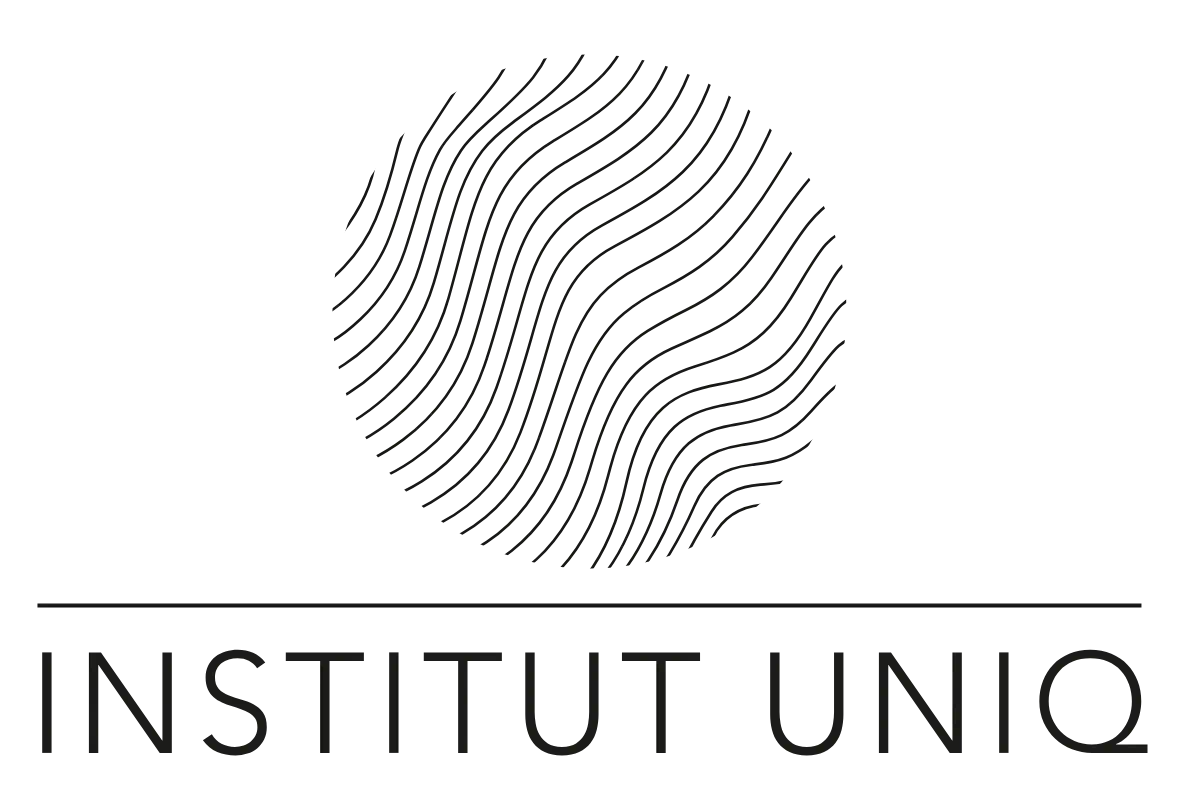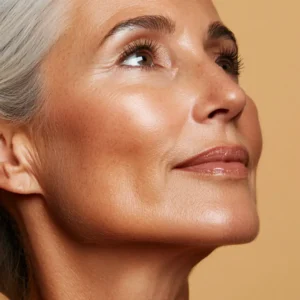Micro and Surgical Needling: Skin Rejuvenation and Collagen Regeneration
Microneedling is an advanced skin treatment that effectively addresses a variety of skin problems through the use of micro-fine needles. This innovative method has proven to be extremely effective in promoting skin rejuvenation and the regeneration of collagen and elastin.
During the treatment, the micro-fine needles glide over the skin, creating thousands of micro-channels per second. These micro-wounds activate the body’s natural healing response, stimulating the production of collagen and elastin—two essential proteins responsible for skin firmness and elasticity. The increased collagen and elastin production leads to skin tightening and a reduction in fine lines and wrinkles.
Microneedling is not only an excellent anti-aging method but also very effective in treating scars, including acne scars. Through special settings and protocols for scar revision, various types of scars can be significantly reduced. Additionally, this method minimizes the risk of heat damage and hypopigmentation that can occur with some laser treatments, while promoting optimized cell function.
Another advantage of microneedling is its effectiveness in treating stretch marks. Many doctors and patients have reported that microneedling is more effective in reducing stretch marks than other treatment methods. Furthermore, this technique helps to reduce enlarged pores by stimulating the skin to produce new collagen, leading to a tightening and refinement of the skin structure.
Microneedling is also a proven method for improving skin appearance in cases of acne or pigmentation disorders. It reduces the appearance of problematic rashes, blackheads, and active acne by healing and regenerating the skin from within. Hyperpigmentation such as age spots or post-inflammatory hyperpigmentation can also be improved with the microneedling method.
The treatment typically lasts between 20 and 60 minutes, depending on the area treated and any additional applications such as peels or serums. For optimal results, three sessions are usually recommended, spaced three to six weeks apart. The treatments are almost painless, as the micro-fine needles and high application speed allow for gentle execution.
Microneedling can be used anywhere on the body and is particularly effective in areas prone to sun damage and aging, such as hands or décolleté. The method ensures an evenly radiant appearance and sustainably improves skin health.
Overall, microneedling offers an effective and versatile solution for improving various skin problems. By stimulating the body’s natural healing processes, patients can expect visible improvements in their skin structure and a radiant, youthful complexion.
Difference between Microneedling and Surgical Needling
Microneedling and Surgical Needling are both effective methods for skin rejuvenation and collagen regeneration, but they differ in penetration depth and treatment intensity.
Microneedling uses micro-fine needles that penetrate the upper layers of the skin, typically up to a depth of 2.0 mm. This treatment is almost painless due to the effective anesthetic cream applied 45-60 minutes before the treatment, and therefore does not require general anesthesia. It has a short healing phase of a few days, allowing patients to quickly return to social activities. Microneedling is ideal for improving skin texture, reducing wrinkles, scars, and enlarged pores, as well as for general skin rejuvenation.
In contrast, Surgical Needling penetrates deeper into the skin layers, with penetration depths of more than 2.0 to 3.5 mm. This deeper penetration makes the procedure particularly effective for the regeneration of deeper skin tissue and the treatment of severe skin problems and deeper wrinkles. Surgical Needling should be performed under general anesthesia and requires a longer healing phase of one to two weeks. Patients are not socially presentable for a certain period after the procedure. However, the use of exosome creams can accelerate healing and support an earlier return to daily life.
While microneedling represents a less invasive and faster method for skin improvement, surgical needling offers deeper and more intensive regeneration effects, which, however, require more comprehensive aftercare and recovery time. Both methods have their specific advantages and can be chosen depending on the individual needs and skin condition of the patient.


